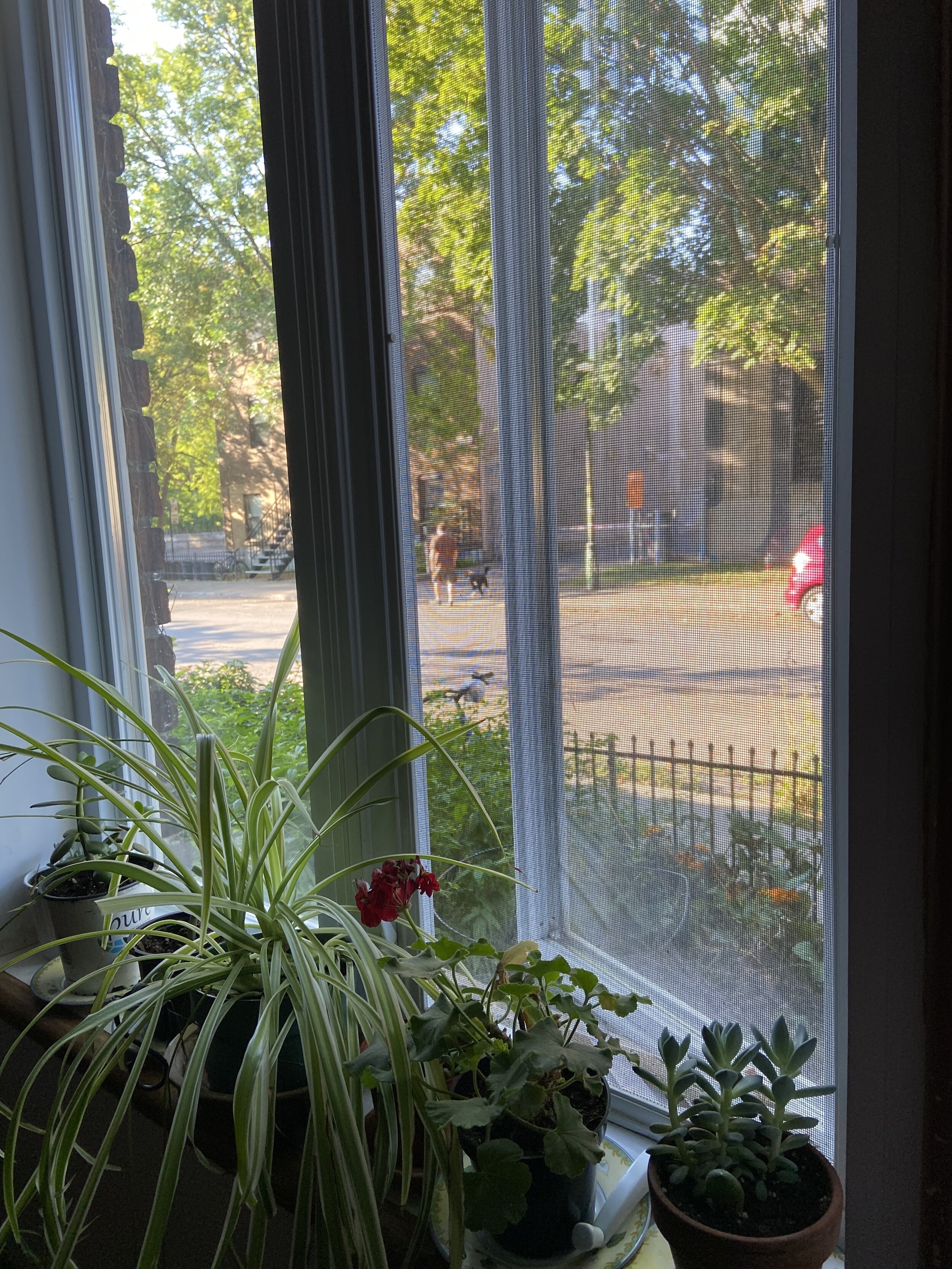
Quarantine Musical Snapshots
Chopin and Glück
I found it difficult to practice during the first months of the pandemic. Practicing, for me, requires a certain intimacy with myself that can be hard to face when my inner environment is turbulent—no matter how fortunate I was, I still struggled, especially the first few months. I did find comfort in sitting down at the piano for a few minutes at a time, just to stay in contact with the instrument.
Looking back through my videos, I found a few of these informal clips from early April 2020—snapshots of this musician’s quarantine. There is an excerpt of Glück’s aria Che farò senza Euridice? in which Orpheus laments having lost Eurydice to the underworld for the second, terribly final time. And the opening of Chopin’s Nocturne in B-flat minor, Opus 9—a dark-forested and mournful key to me. I love the way this piece begins: the melody that floats above nothingness for a suspended moment, the tension of waiting for the LH to ground us.
These Quarantine clips are not polished like professional recordings. Instead I appreciate being able to record little pieces of my daily artistic practice, like a diary (albeit still a curated version, for better or worse).
Quarantine Bach-Busoni
Chorale Prelude “Ich ruf’ zu dir, Herr” BWV 639
Below is another quarantine recording, a flashback to an April day of reading through sad songs in my oldest most favorite sweater (actually my mother’s sweater...she wore it when I was little). Federico Busoni arranged many of JS Bach’s organ works for piano, and J.S. Bach borrowed the melody from a Lutheran hymn. A healthy reminder that creativity doesn't exist in a vacuum.
I find many challenges in playing these piano works. The pipe organ evokes stability and weight, and naturally sustains each note to the end. On the piano we have to conjure up a similar effect with different means. One question is the tempo: how to create the character, at once stately, sorrowing, and reverent? I want to find the flexibility in the faster-moving parts without ever rushing them--on the other hand, never allowing the melodic line, like a kite string, to go completely slack.
I also tried to play the chorale melody with a timbre that stands out from the rest, but without losing track of the expressive inner voices. I would need to practice this piece more to feel satisfied in this regard. I hope you will nonetheless enjoy having access to a different angle of a musical life: the intimacy and spontaneity of works in progress.